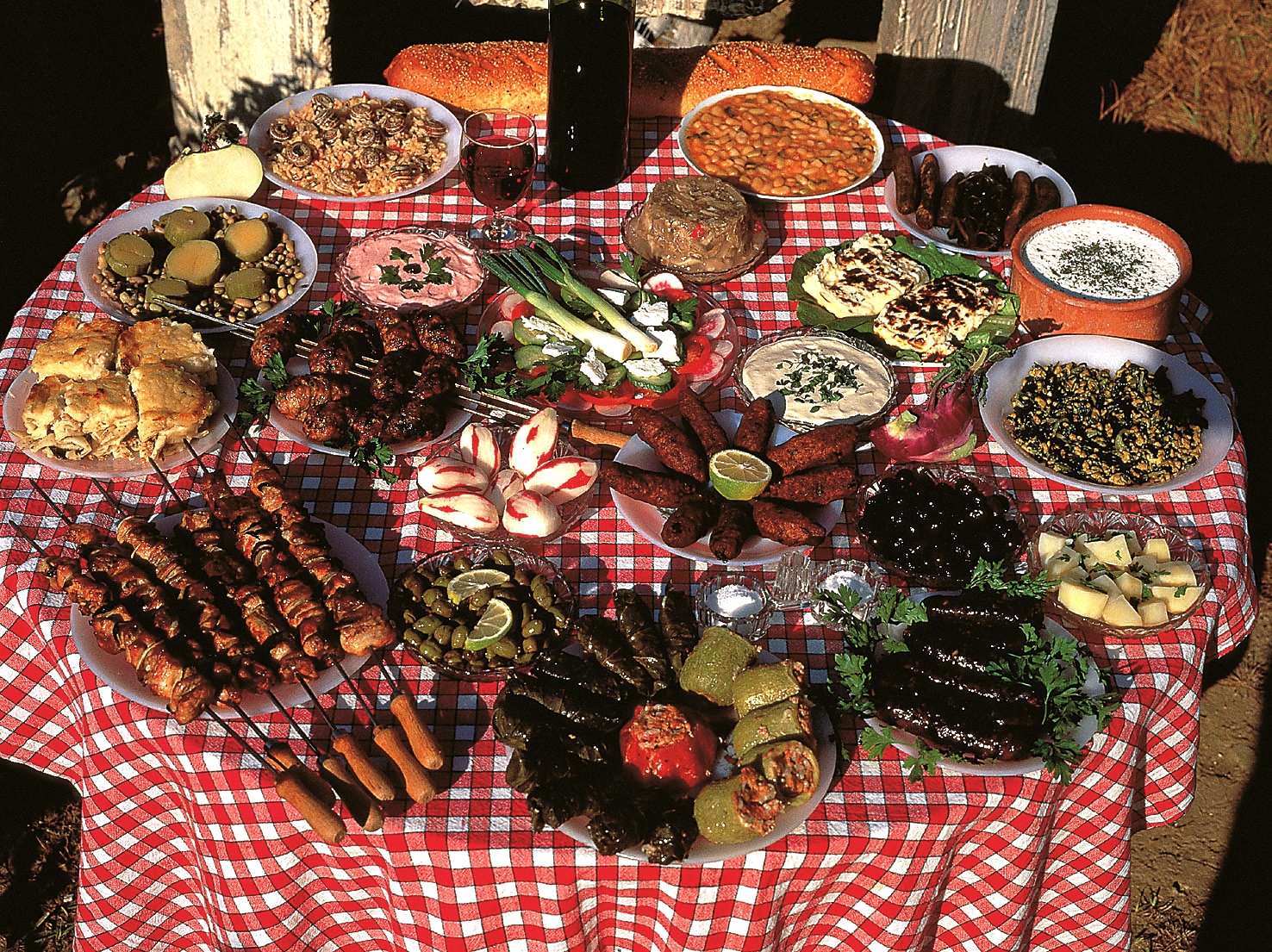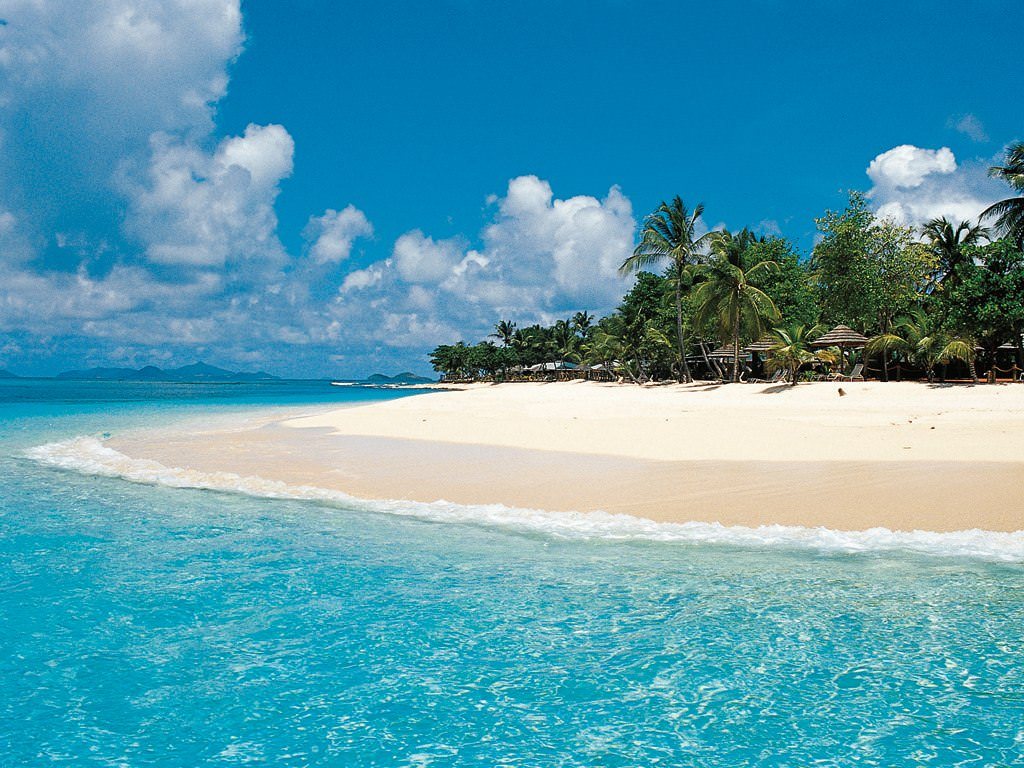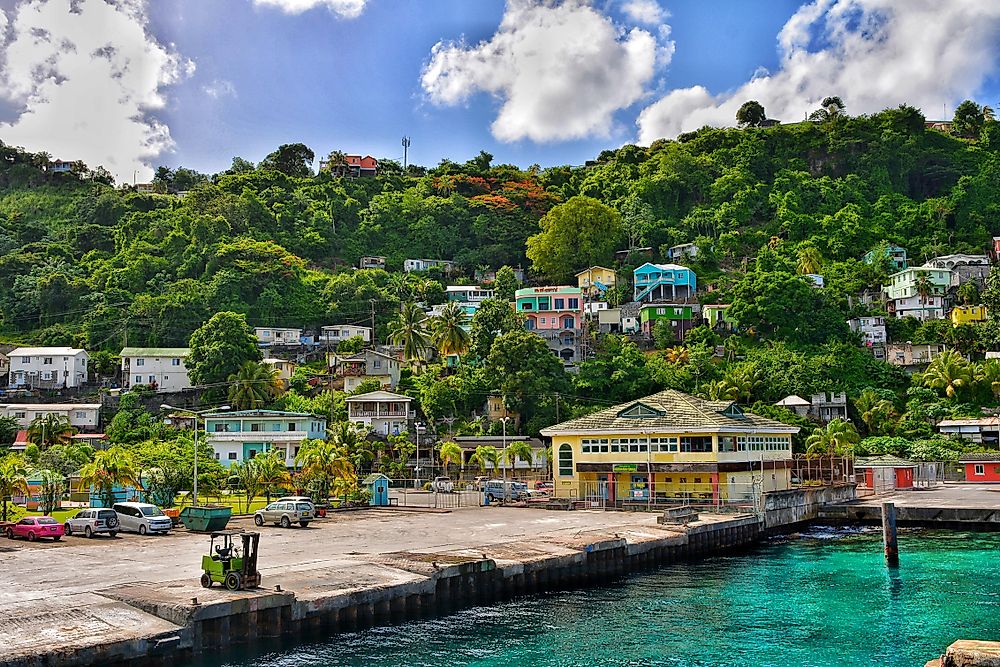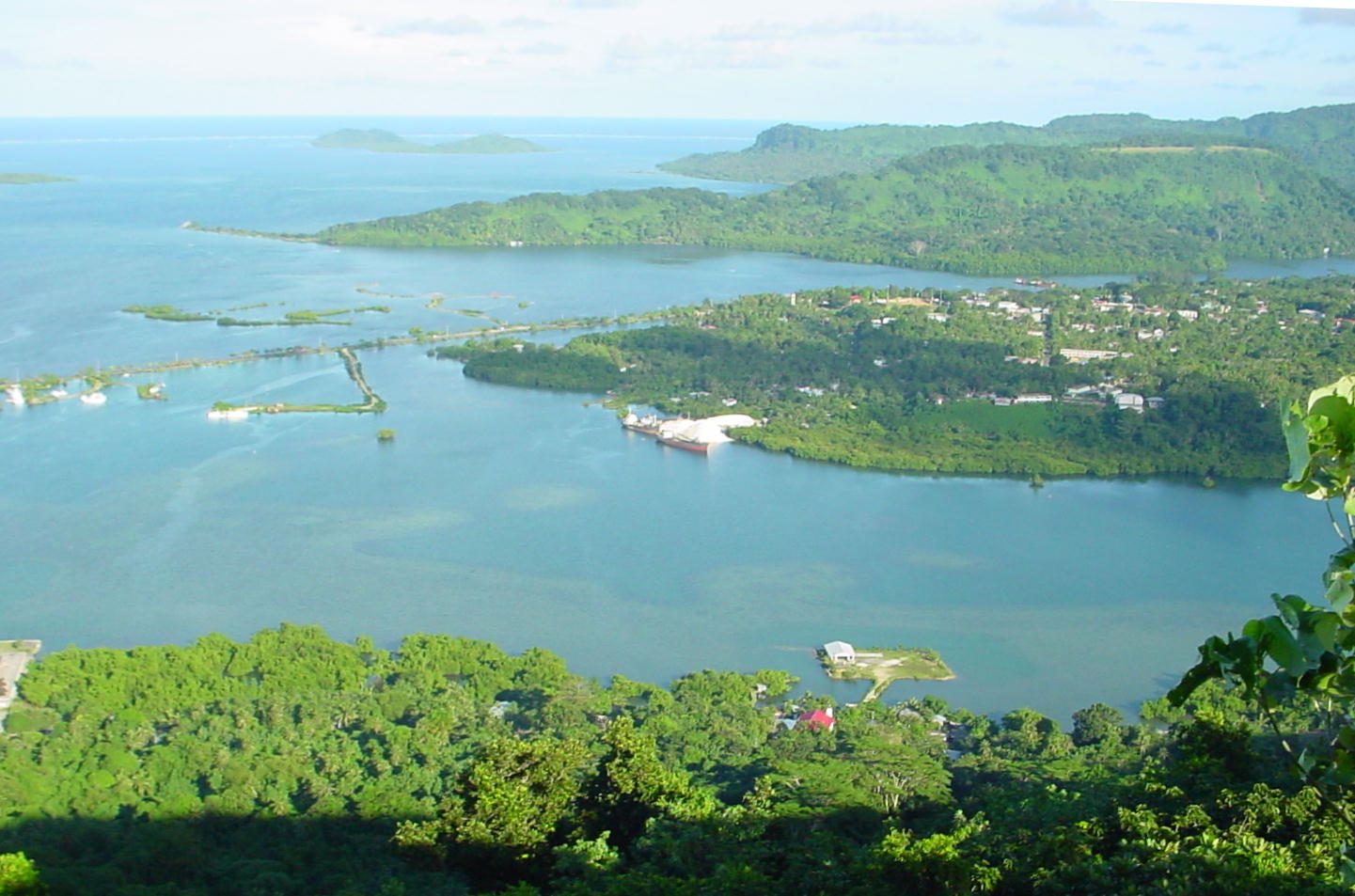It’s a bit ironic that our first country is almost the last alphabetically, but the bag has spoken: Zambia! (Zimbabwe, its neighbor, is the very last).
 |
| Victoria Falls from getsready.com |
You’ll probably hear this a lot as we go through this challenge, but Zambia has been on my bucket list for ages. I’d love to visit when my youngest is 10, and all three kids are old enough to truly appreciate it. Safaris are amazing—lions, leopards, elephants—but they also come with long, bumpy drives through the bush. Worth it, but let’s be real: younger kids might be more focused on the snack supply than spotting wildlife. Waiting a few years means everyone can soak in the magic.
 |
| Lower Zambezi National Park from go2africa.com |
Zambia might not be as famous for safaris as Tanzania or Kenya, but I think that’s part of its charm. The main reason it’s on my list is Victoria Falls, known as “The Smoke That Thunders.” Seeing it in person would be incredible—powerful, breathtaking, and maybe a little soggy if we’re too close! Then there’s the Zambezi River, where you can cruise past hippos and crocodiles, hopefully without getting too close to the action. Lower Zambezi National Park adds even more adventure, with its leopards, lions, and other wildlife that I know would leave my kids wide-eyed. Even my oldest, who would be 16 by then, might forget he’s too cool to be impressed.
English is Zambia’s official language, a nod to its history as a British colony, but its real beauty lies in its diversity. With over 70 ethnic groups, each with their own languages, traditions, and stories, Zambia feels like a living tapestry of cultures. My dream trip wouldn’t stop there, though—I’d also include South Africa and a visit to Giraffe Manor in Nairobi, because, well, giraffes! Better start saving now.
But back to the present and this challenge! My goal is to weave a little bit of each country into our lives before we sit down to cook. One way we’re doing this is by sharing stories during our nightly routine. Every evening, we gather in my middle son’s room for story time, and we love listening to audiobooks and podcasts.
The Circle Round podcast is one of our favorites, especially because it shares folktales from around the world. Back in October, we heard a story from Zambia called
“The Face-Off” (Ep. 265), and my younger two especially loved it. The idea of strength coming in small packages really resonated with them.
Zambia has so many other amazing folktales, and one recurring theme is the Great River. Considering the presence of Victoria Falls and the Zambezi River, it’s no surprise. In Zambian folklore, the Great River is a powerful and benevolent force that sustains life and bestows blessings upon the land and its people. According to legend, the river was born from an act of divine intervention, flowing to nurture and protect the land. It’s a beautiful reminder of the deep connection between nature and culture in Zambia.
Zambia’s history is just as fascinating as its folklore. Long before Europeans arrived, kingdoms like the Lozi and Bemba thrived by farming, fishing, and trading goods like ivory and salt. Then, in the late 1800s, the British rolled in, renamed the area Northern Rhodesia, and introduced things like railroads, tea time, and maize (corn). Maize became such a hit that it’s now the base for nshima, a thick porridge that’s as essential to Zambian meals. I think I'm most excited for nshima. I know my youngest will love to help stir it.
The best part of Zambian food, though, comes from its connection to the land and water. Picture this: fishing in the Zambezi River and smoking your catch for dinner. Or picking pumpkin leaves (chibwabwa) from your backyard to whip up a healthy veggie dish. Zambian cuisine is all about using fresh, local ingredients like groundnuts, cassava, and millet. And while British colonization brought bread and tea into the mix, Zambia made them its own.
Learning about a country through its food is like unlocking a treasure chest of stories. Take nshima, for example: it’s not just a meal. It’s a reason for families to gather, share what they have, and connect. It's a bit like really thick grits but the corn meal is much more finely ground. If someone hasn't had any nshima they'll say they haven't eaten that day. Every dish carries a piece of history, a tradition that’s been passed down for generations. So, the next time you eat peanuts or sweet peppers, both of which are very popular in Zambian foods, think about how people in Zambia have been doing the same for centuries. In my family we eat sweet potato and pumpkin, most typically in pie form, but Zambian recipes also use the leaves like I would use kale or spinach (which they also eat). Food also shows how history has shaped the present. Corn, peppers, tomatoes, pumpkins, and sweet potatoes are all new world crops (from the Americas), brought to Africa as part of the "Columbian Exchange" between Europe, Africa and the Americas (aka the same trade circle in which people were kidnapped out of Africa and enslaved).
 |
Mopane Worms
from Zambian Kitchen |
And yes, they eat bugs. Insects like caterpillars, grasshoppers, and flying termites aren’t just snacks—they’re a valuable source of protein and an important part of the diet and culture. Sure, the idea of eating bugs might make some of us in certain cultures squirm, but that’s just because we’re used to thinking of food differently. In Zambia, they’re a smart, resourceful way to eat well and live off the land. I don’t think my family is quite ready to try bugs ourselves yet—at least not this time around. For now, we’ll stick to nshima and tilapia, but before this challenge is up, I’m hoping we’ll work up the courage to be a little more adventurous.
Sources:


.png)




.png)
.png)






_(Polynesia_centered).svg/500px-Micronesia_on_the_globe_(small_islands_magnified)_(Polynesia_centered).svg.png)














